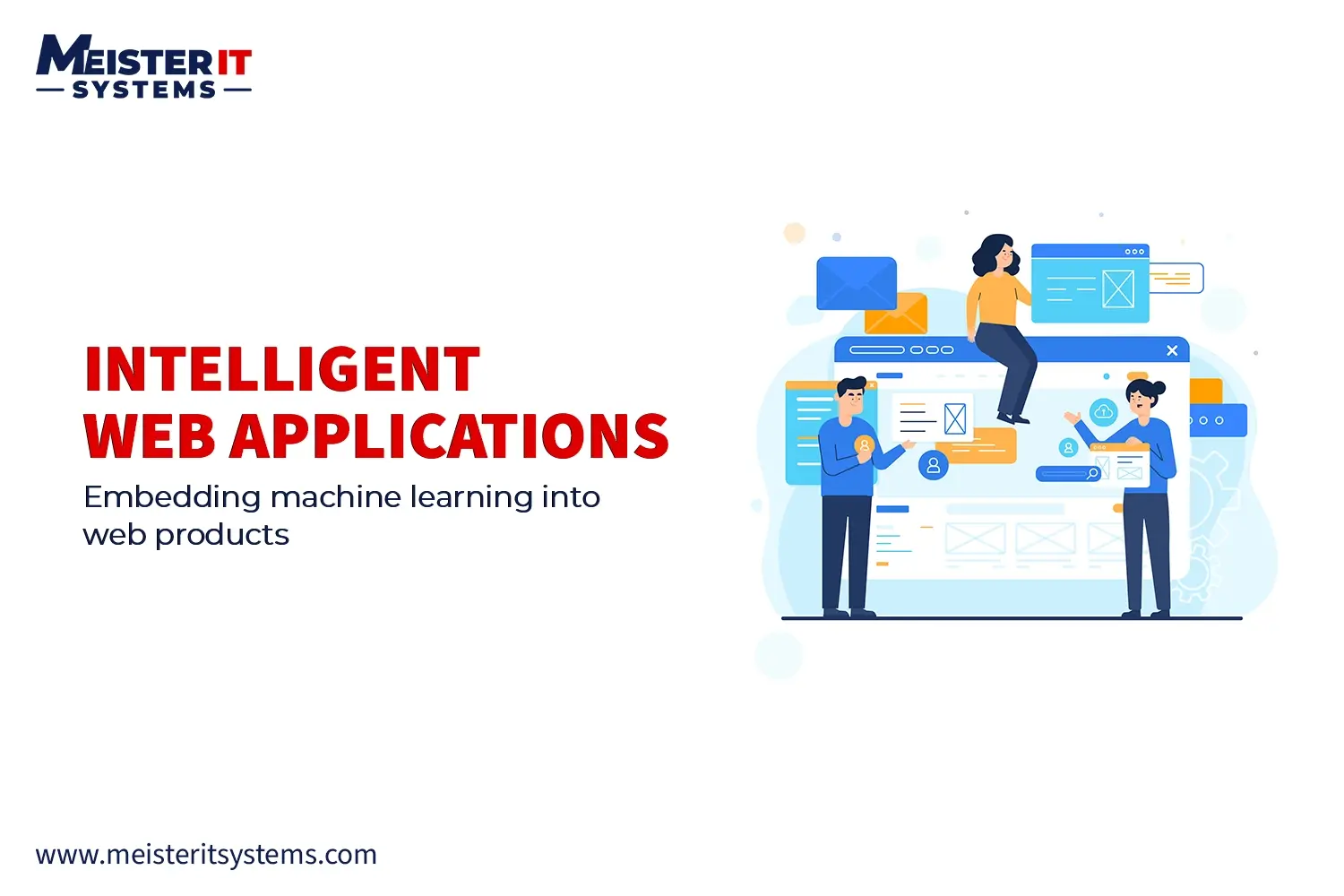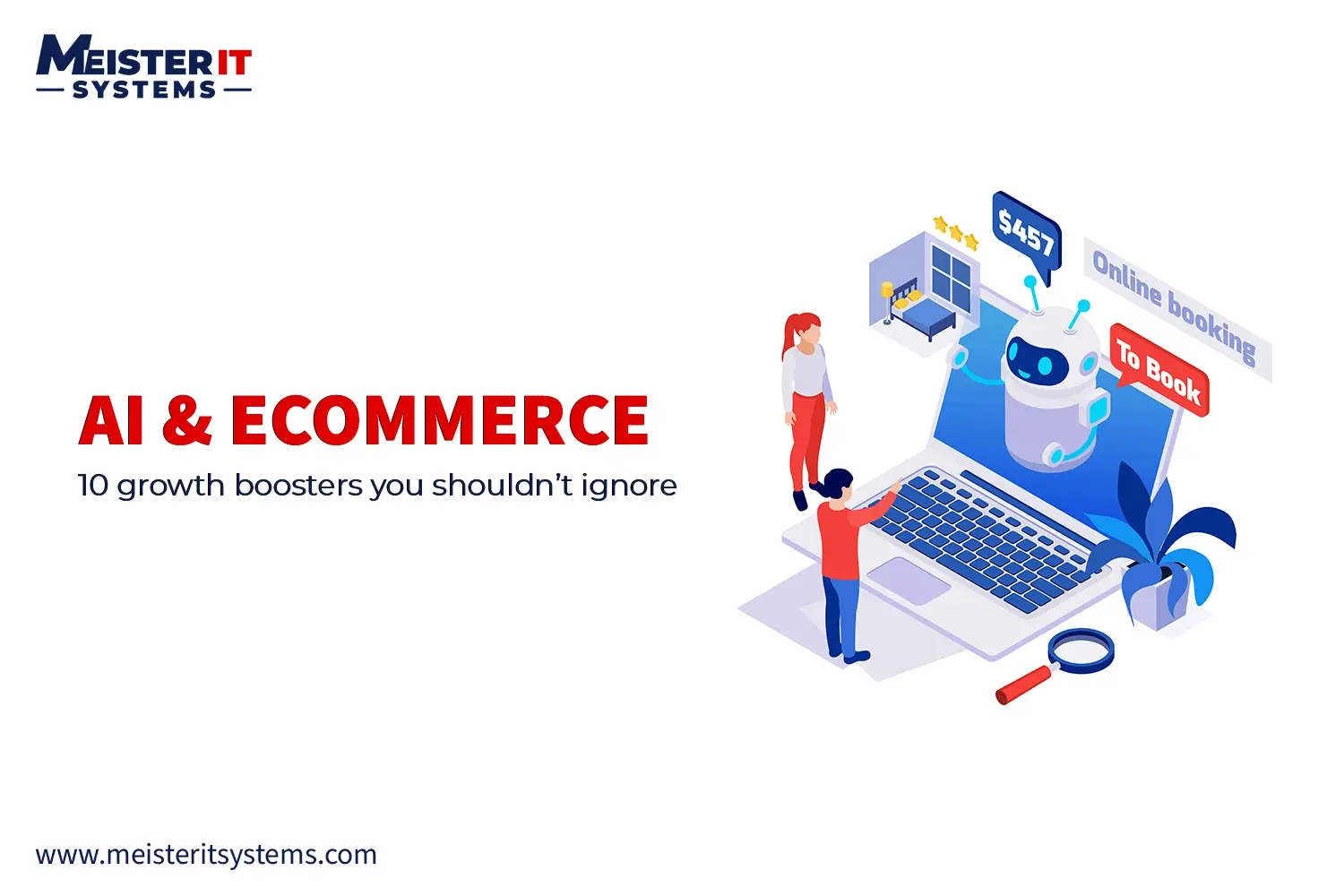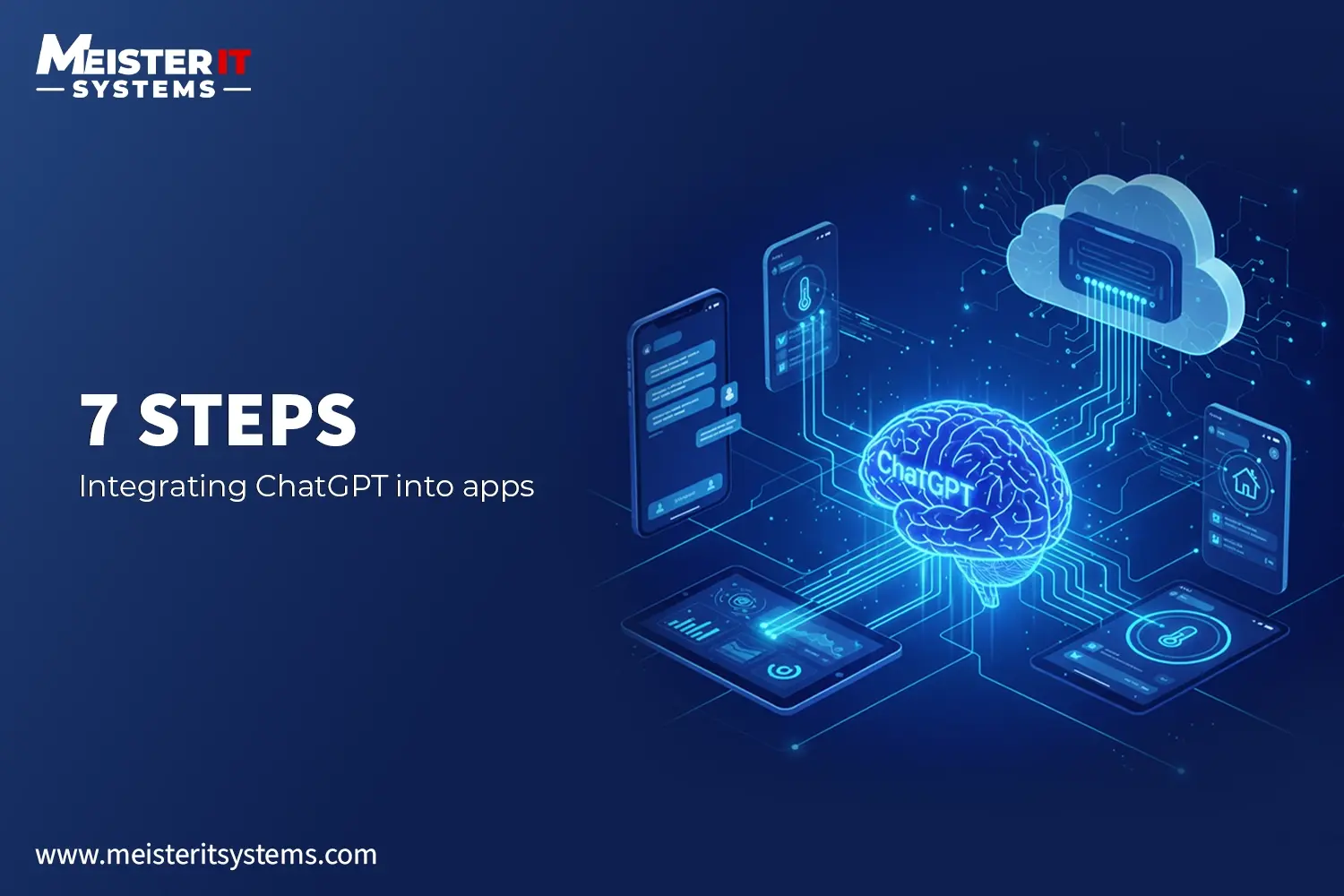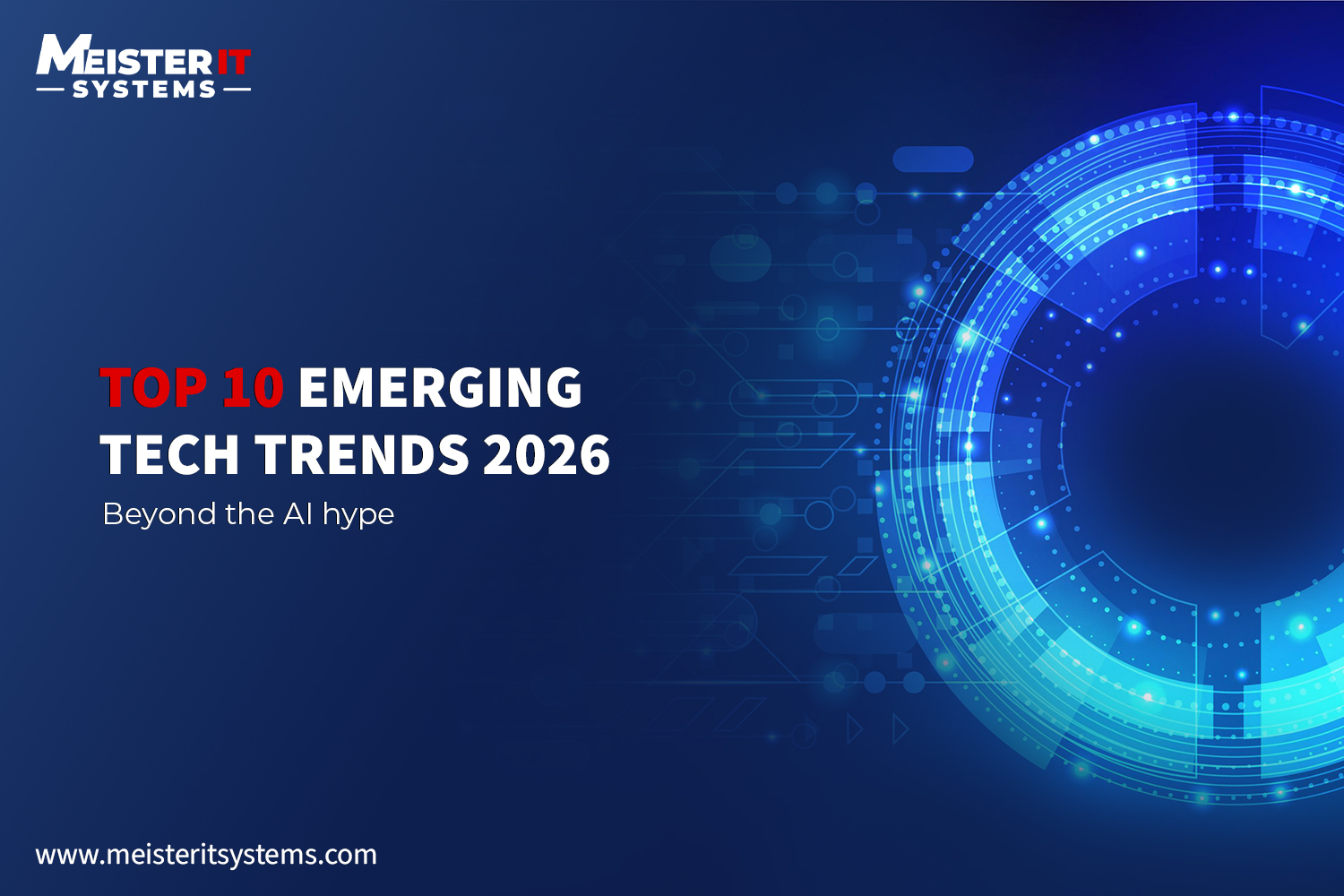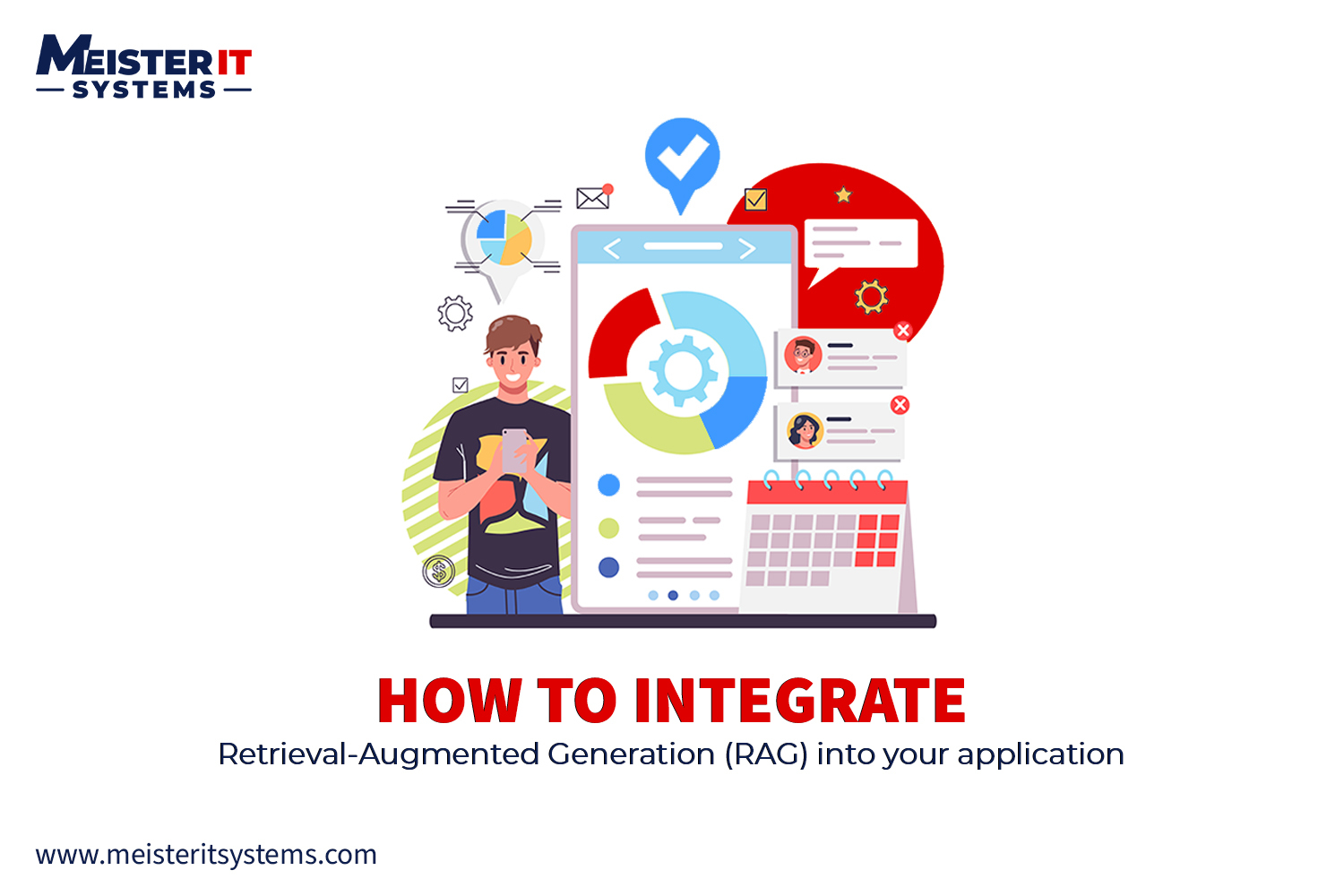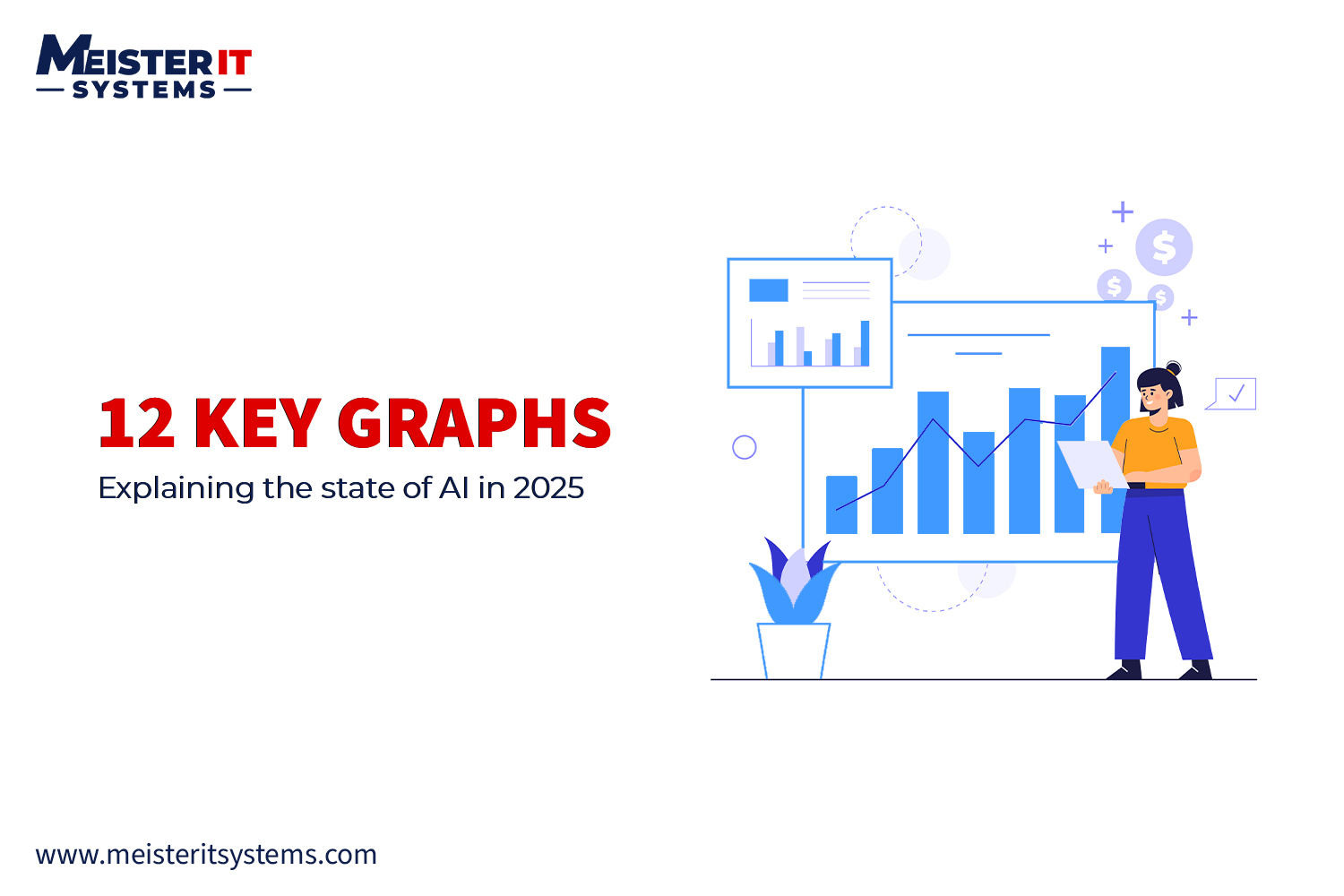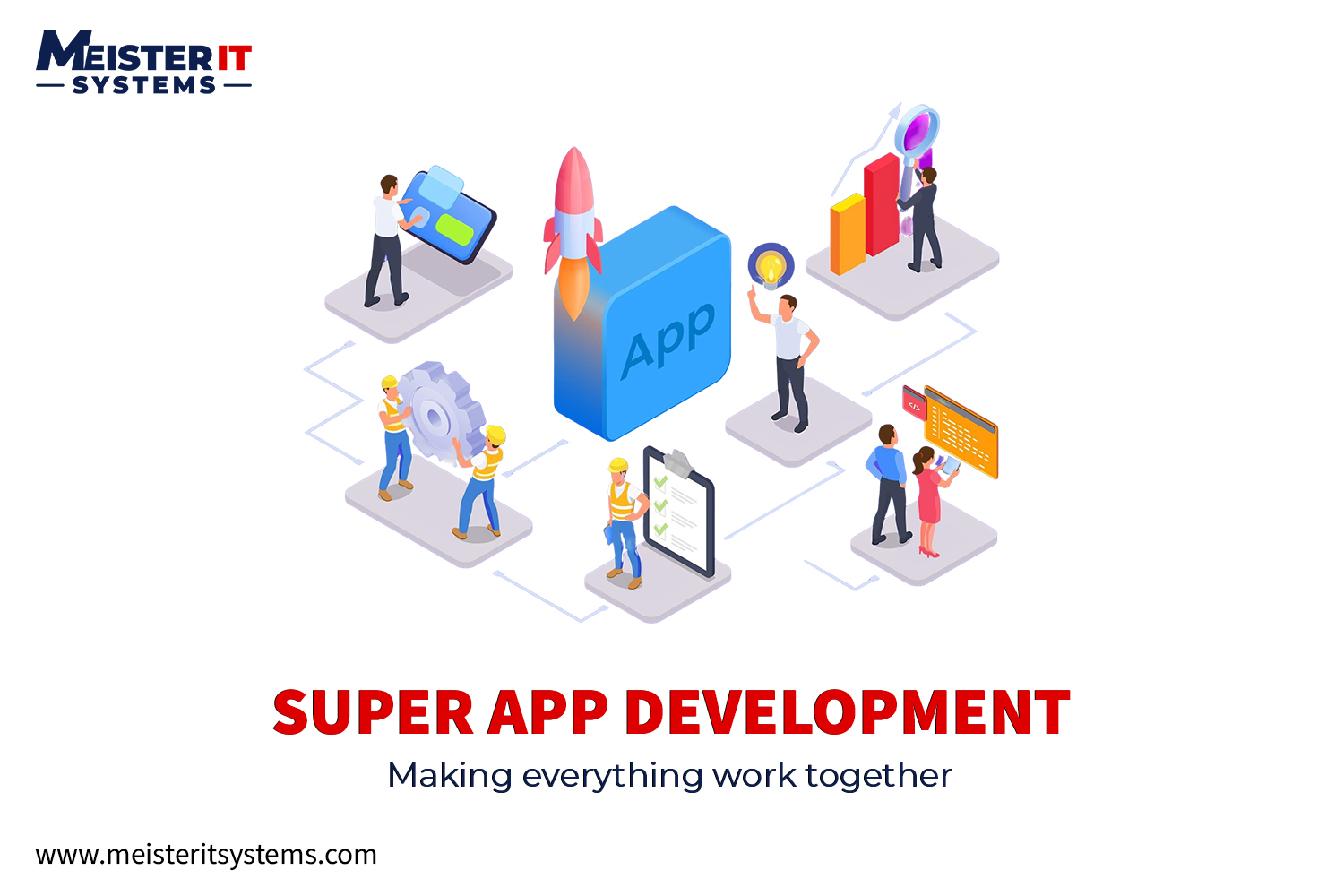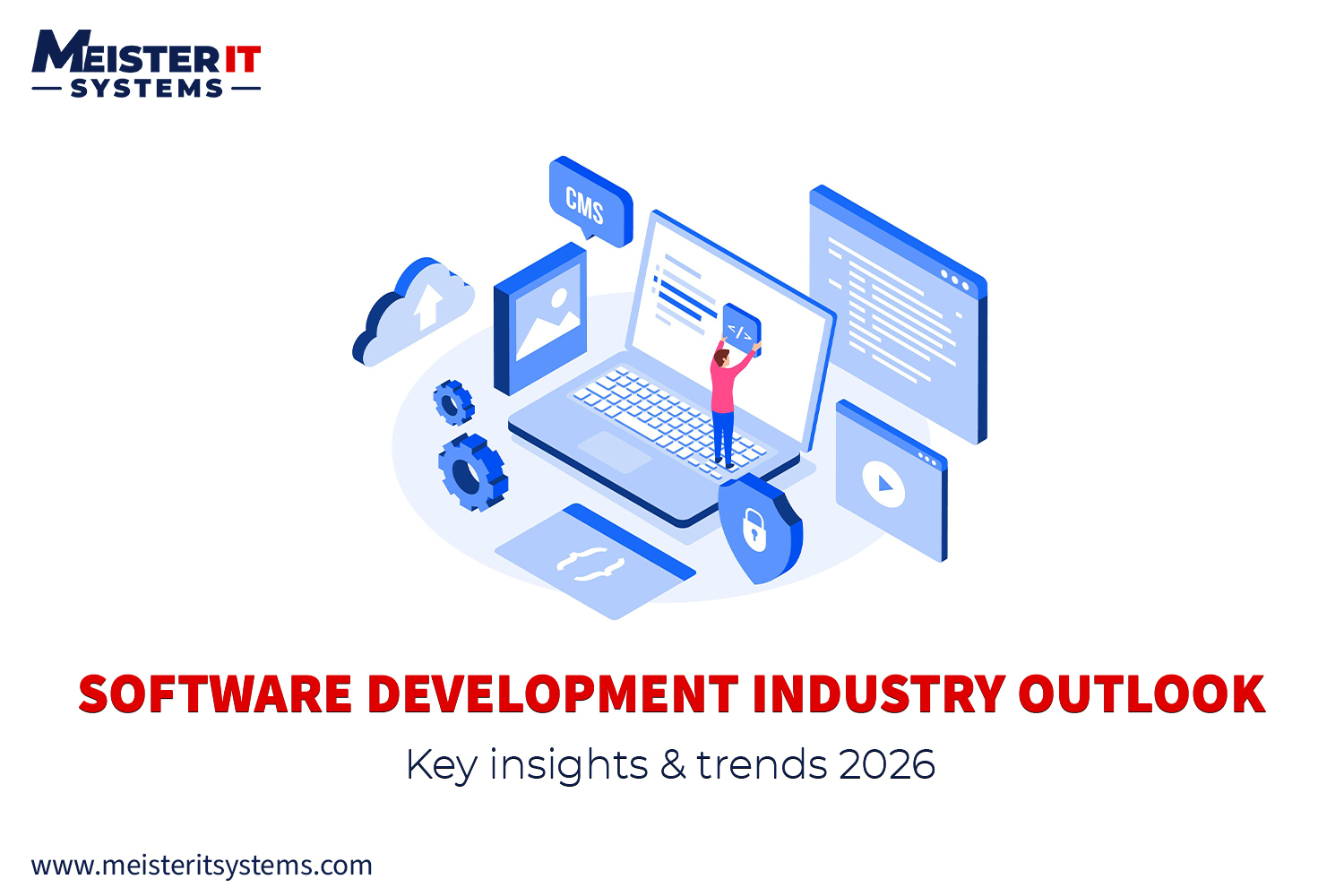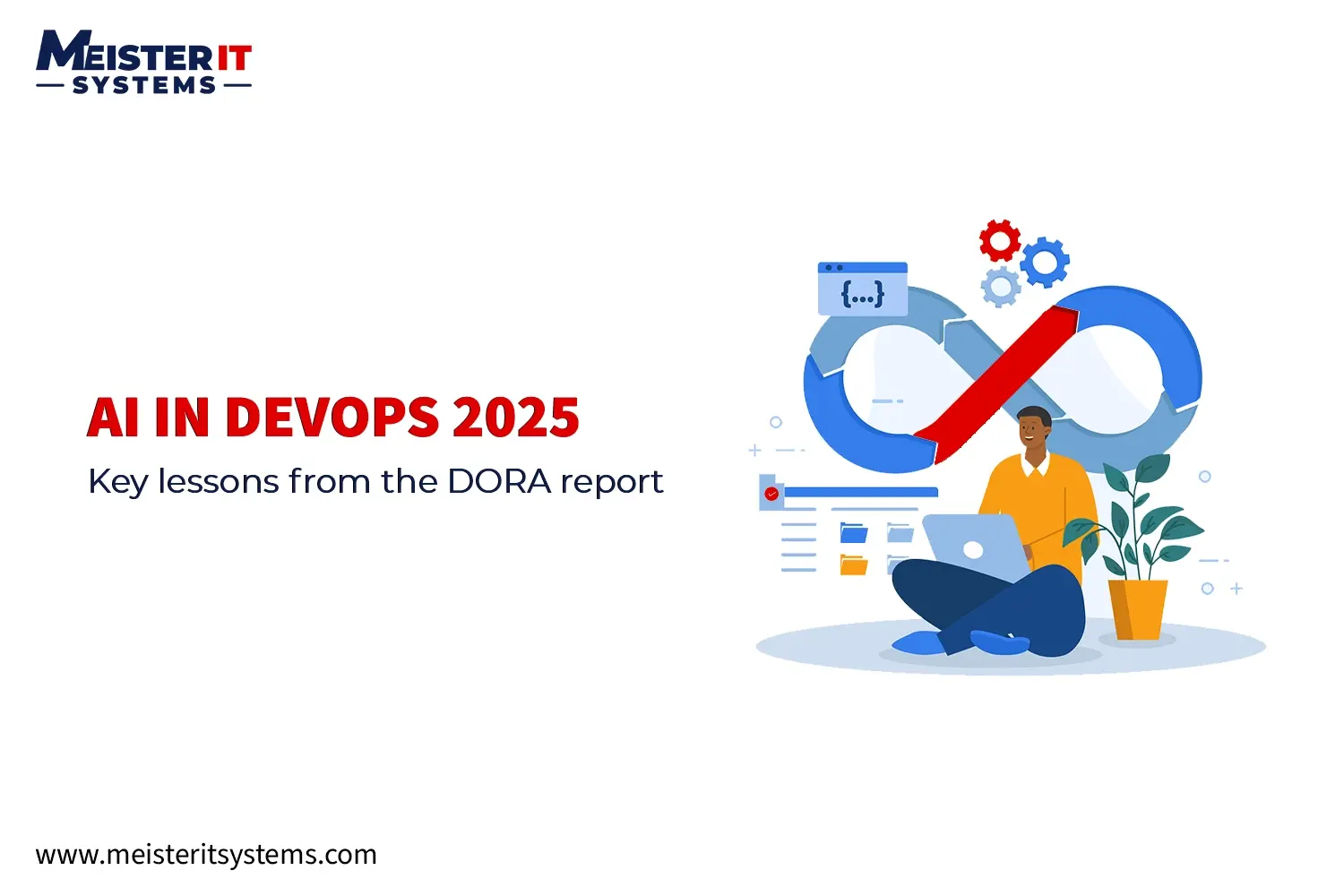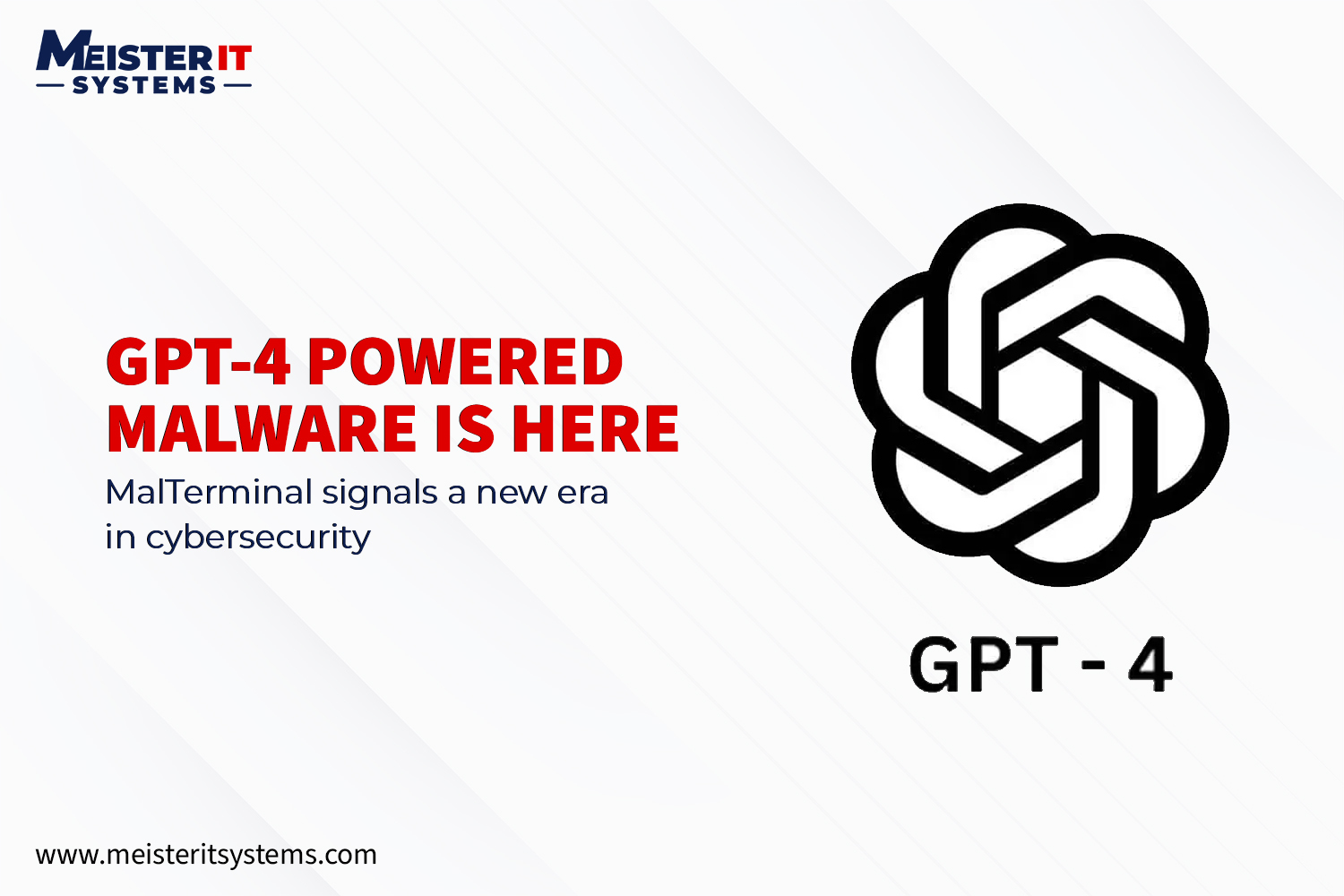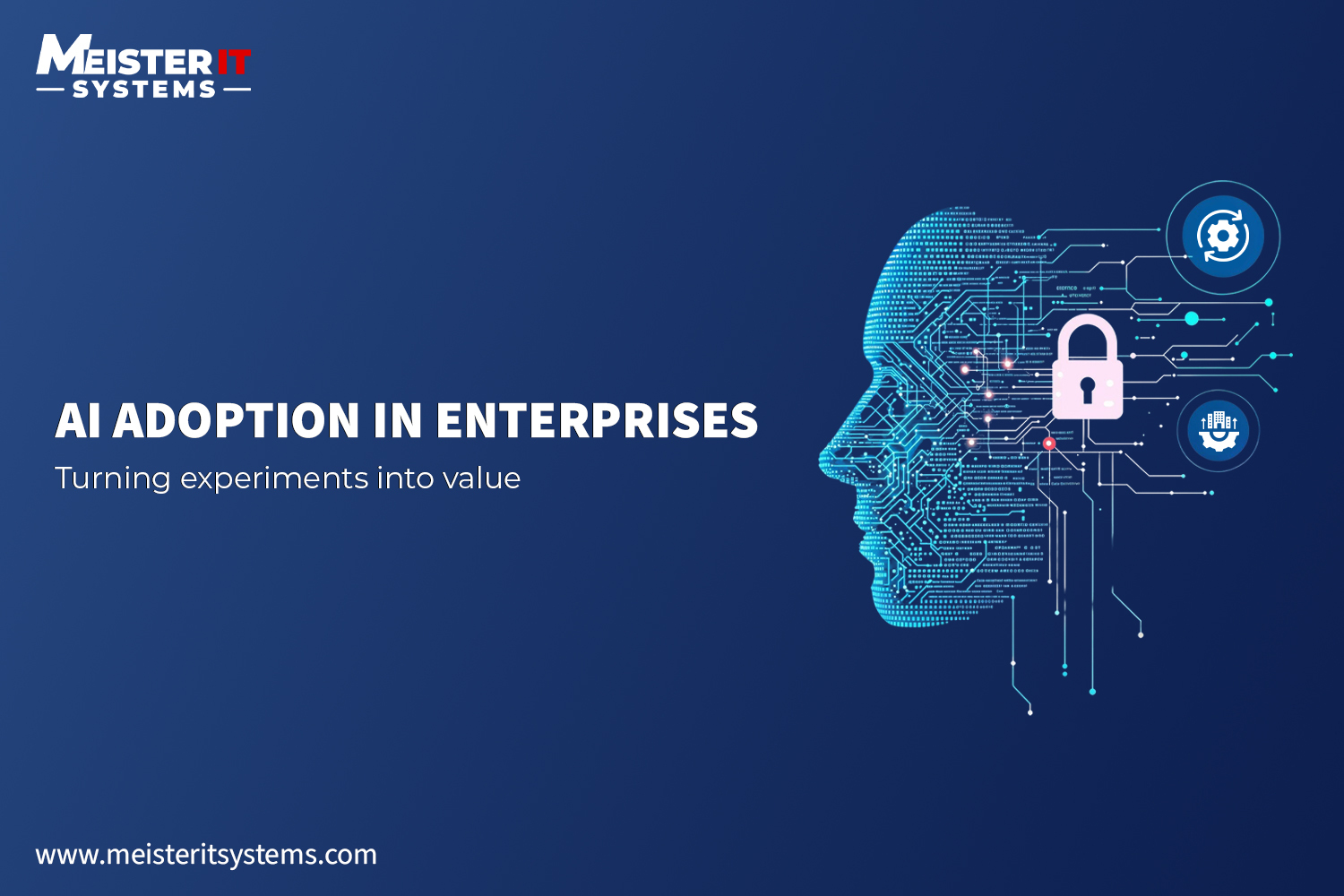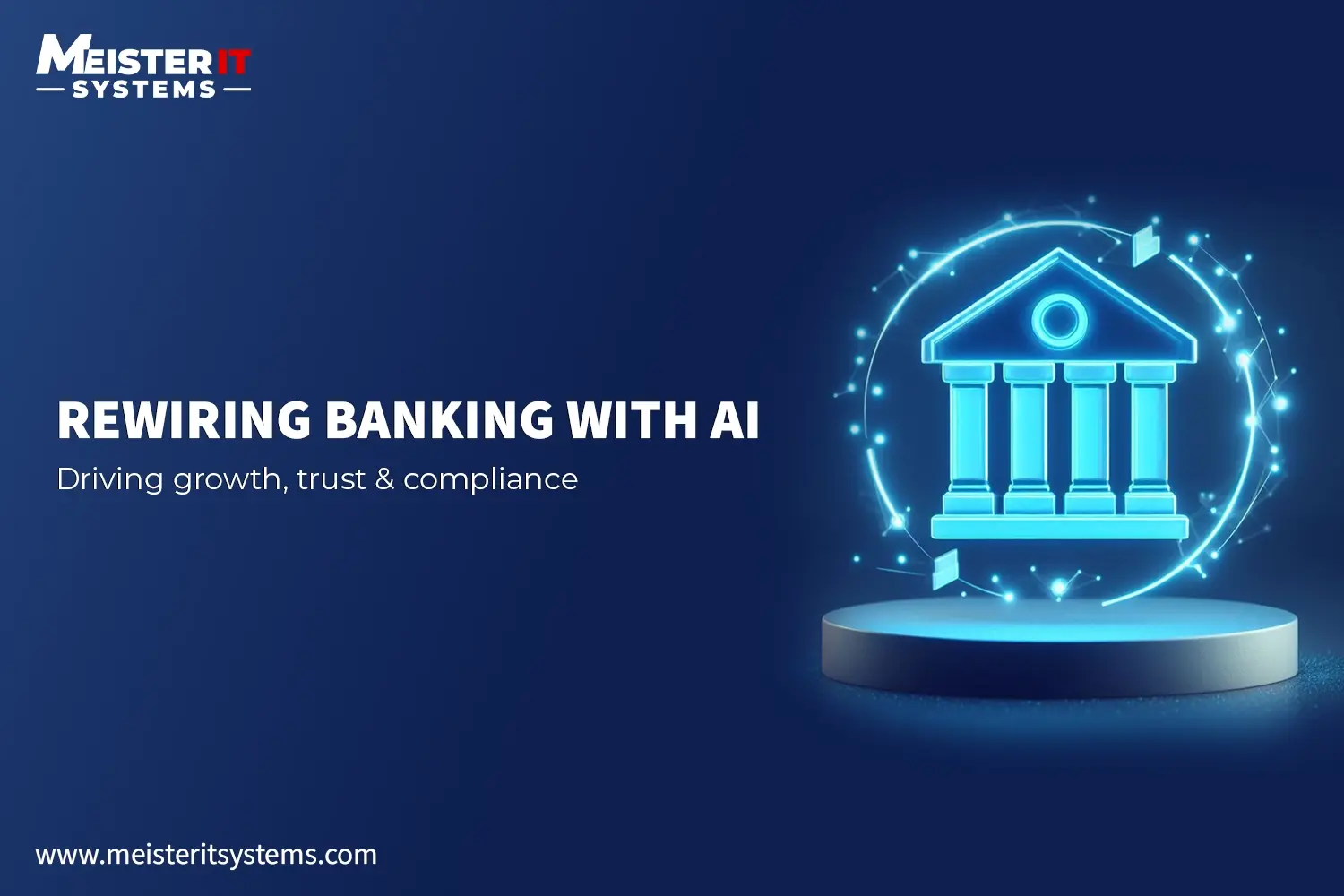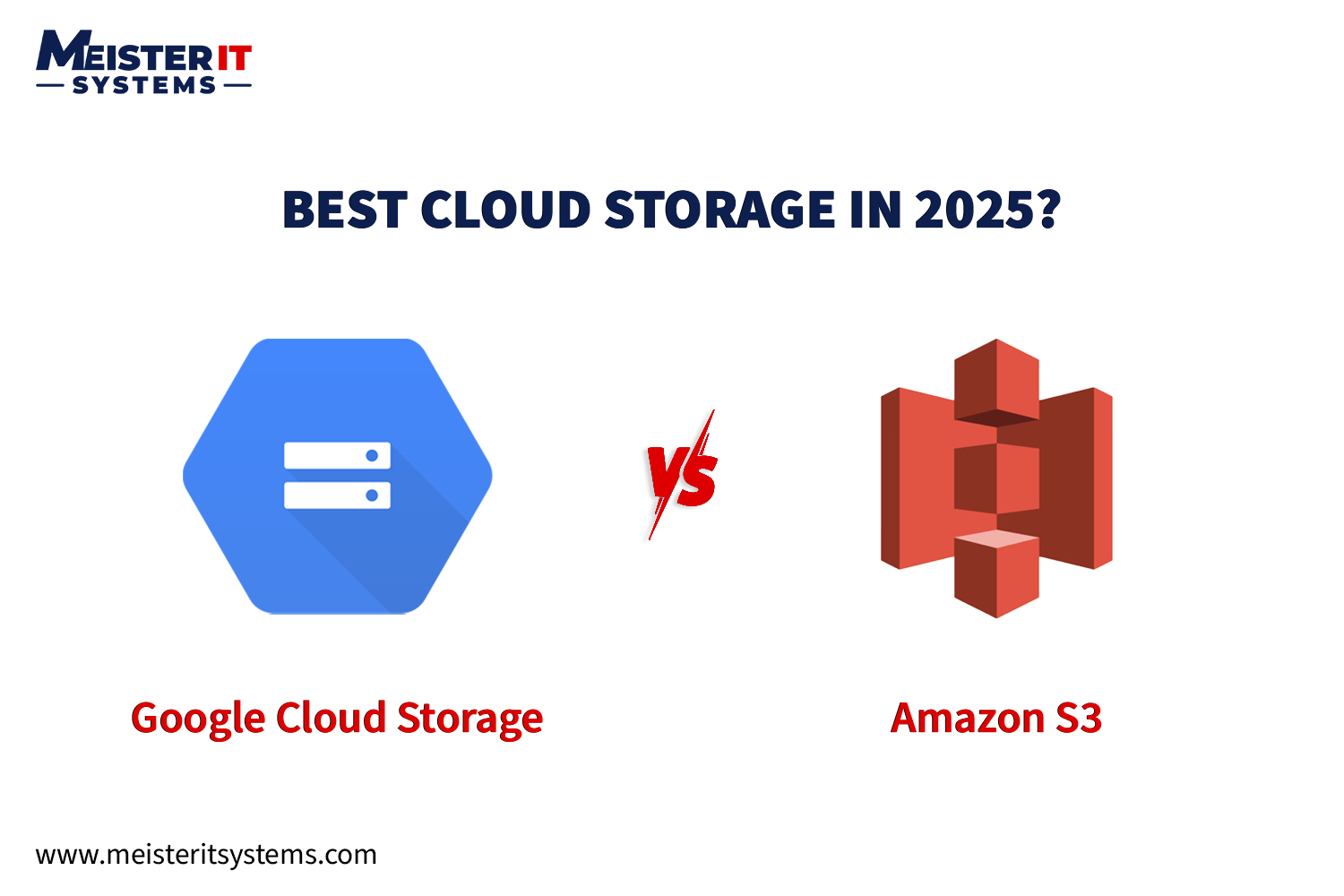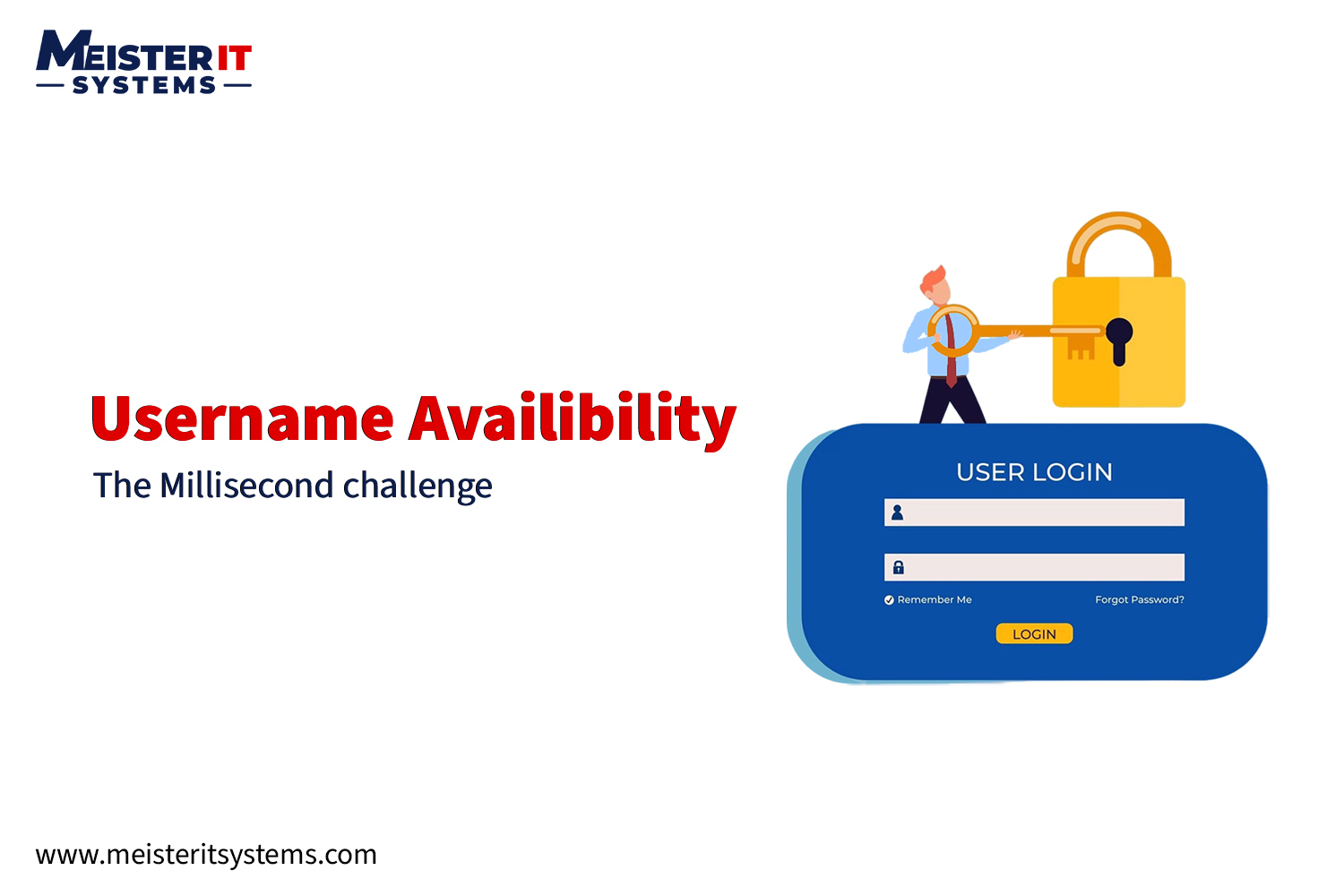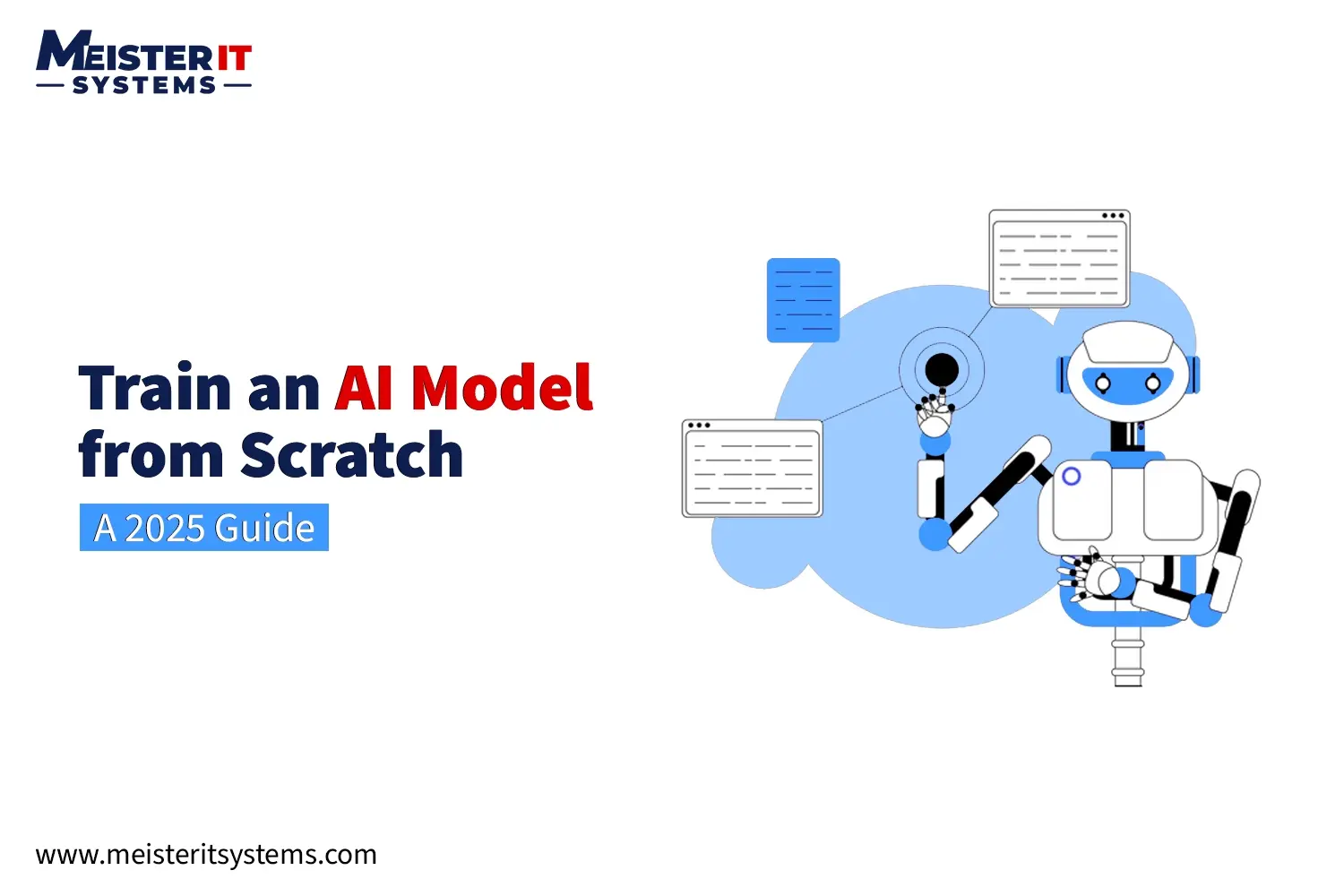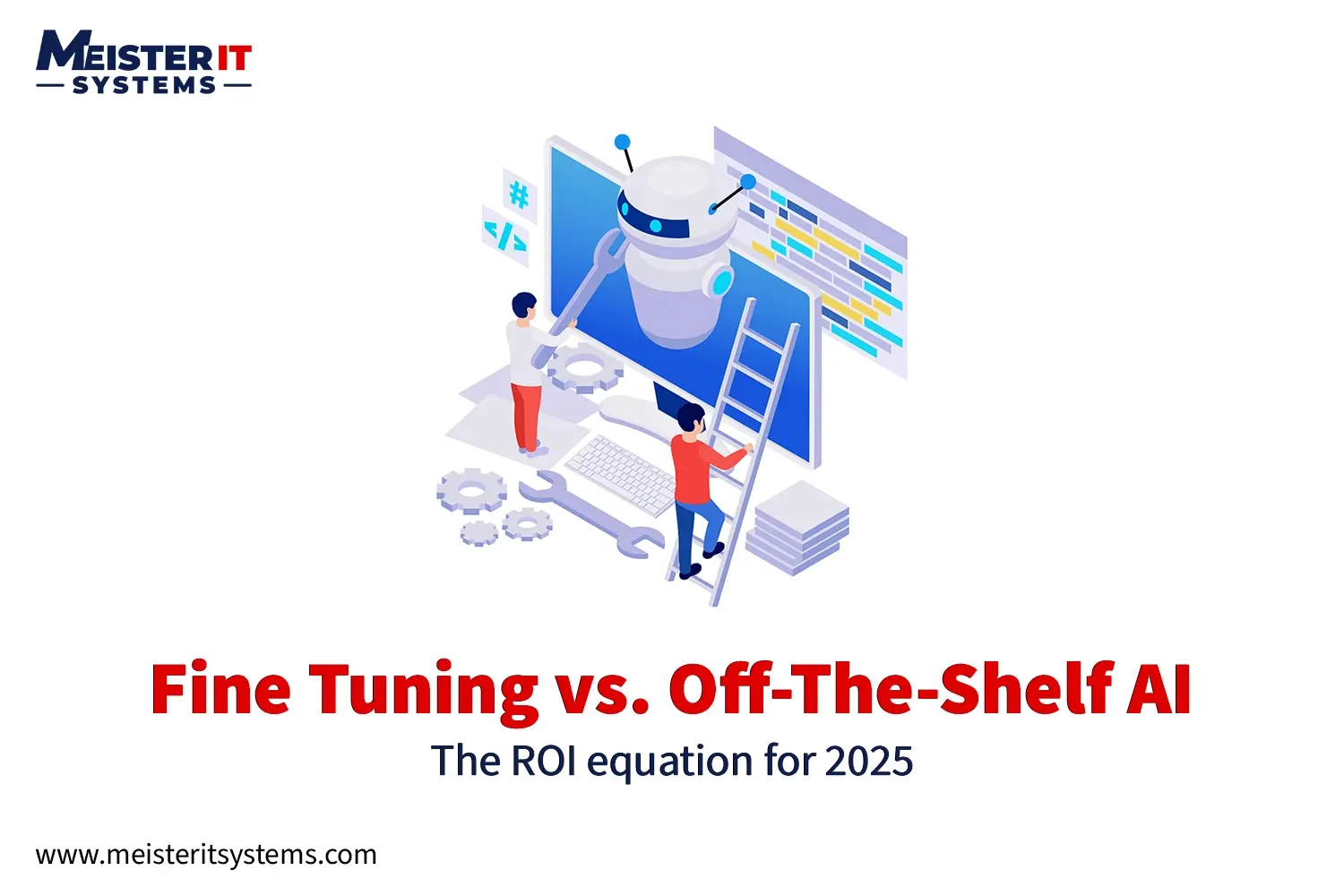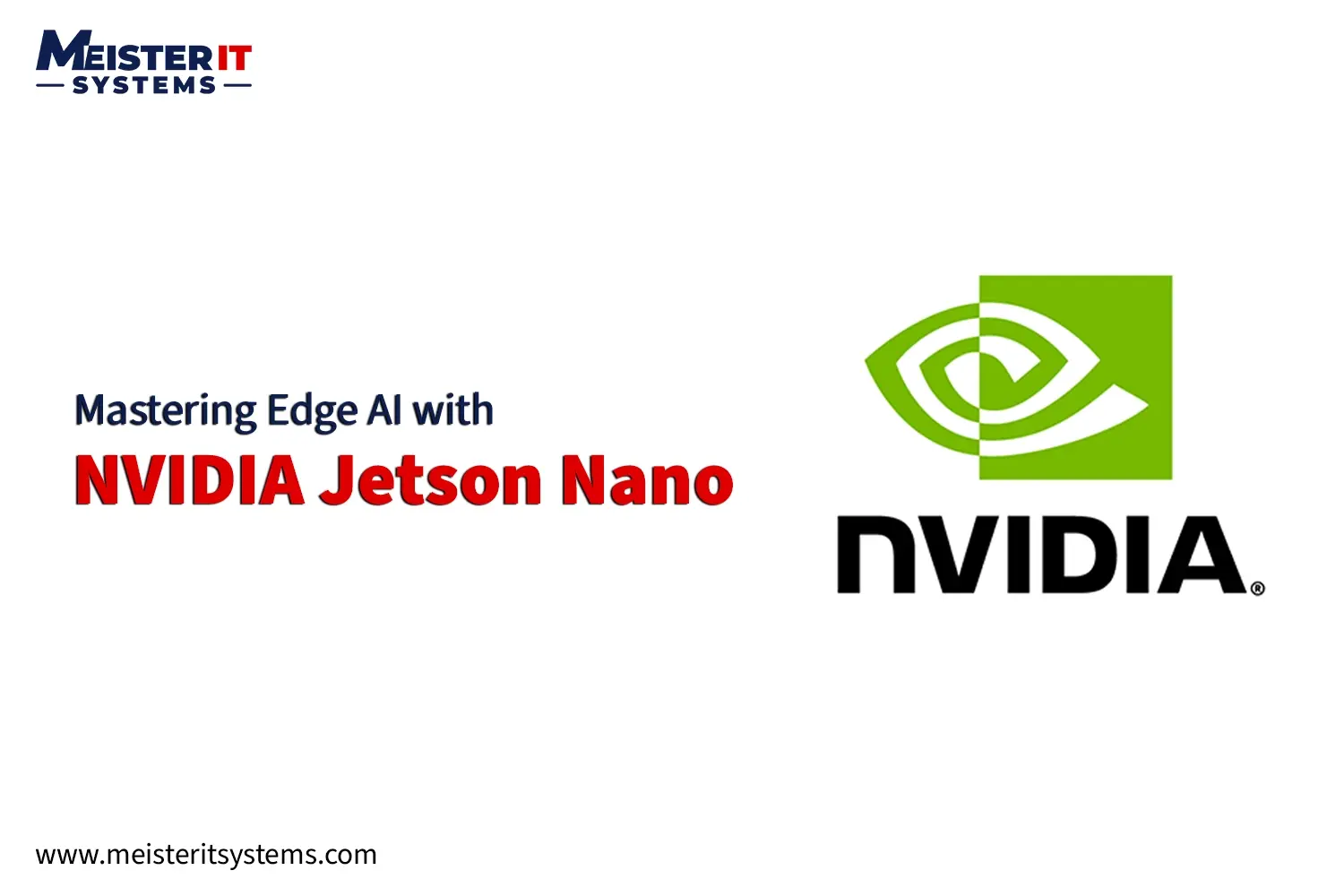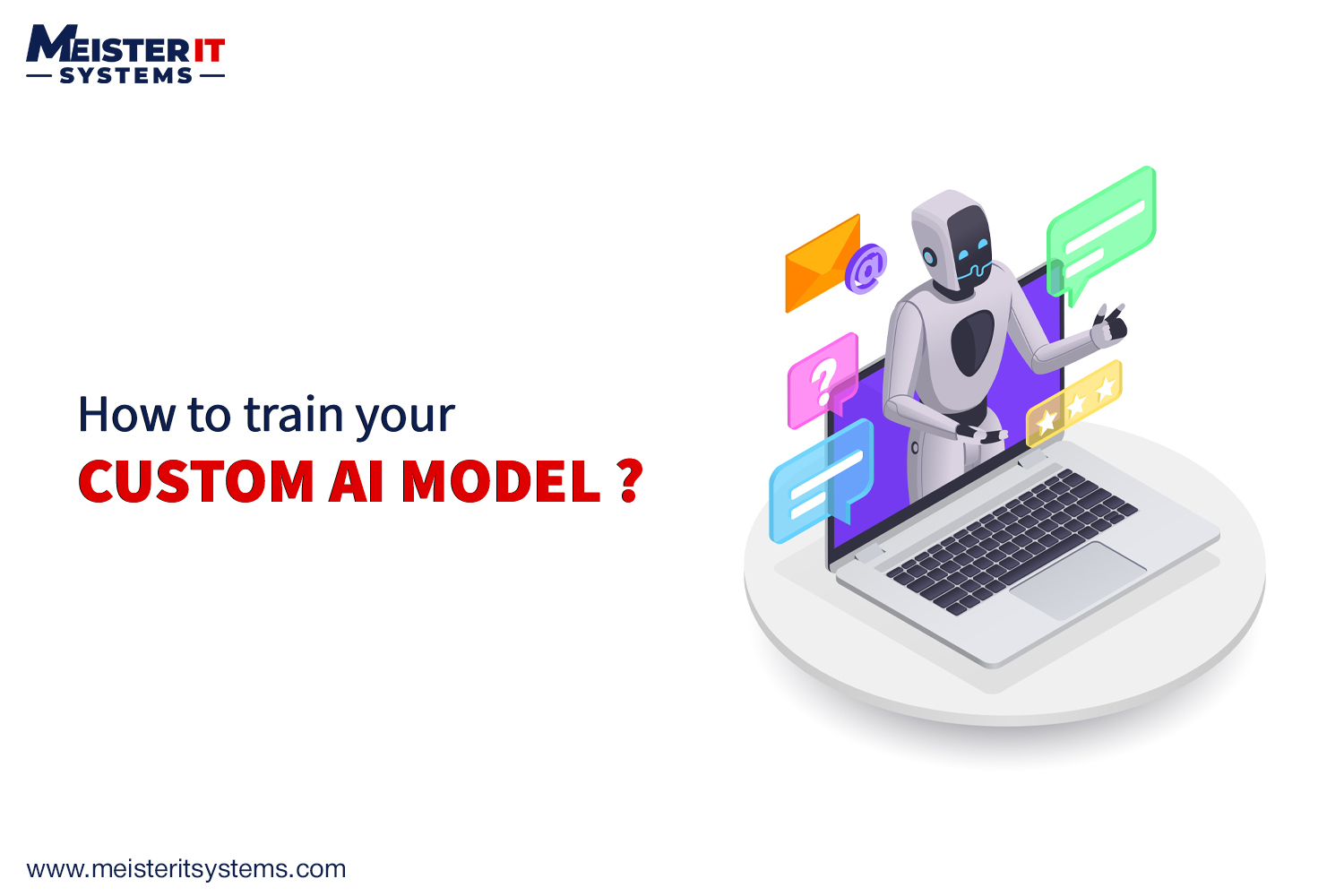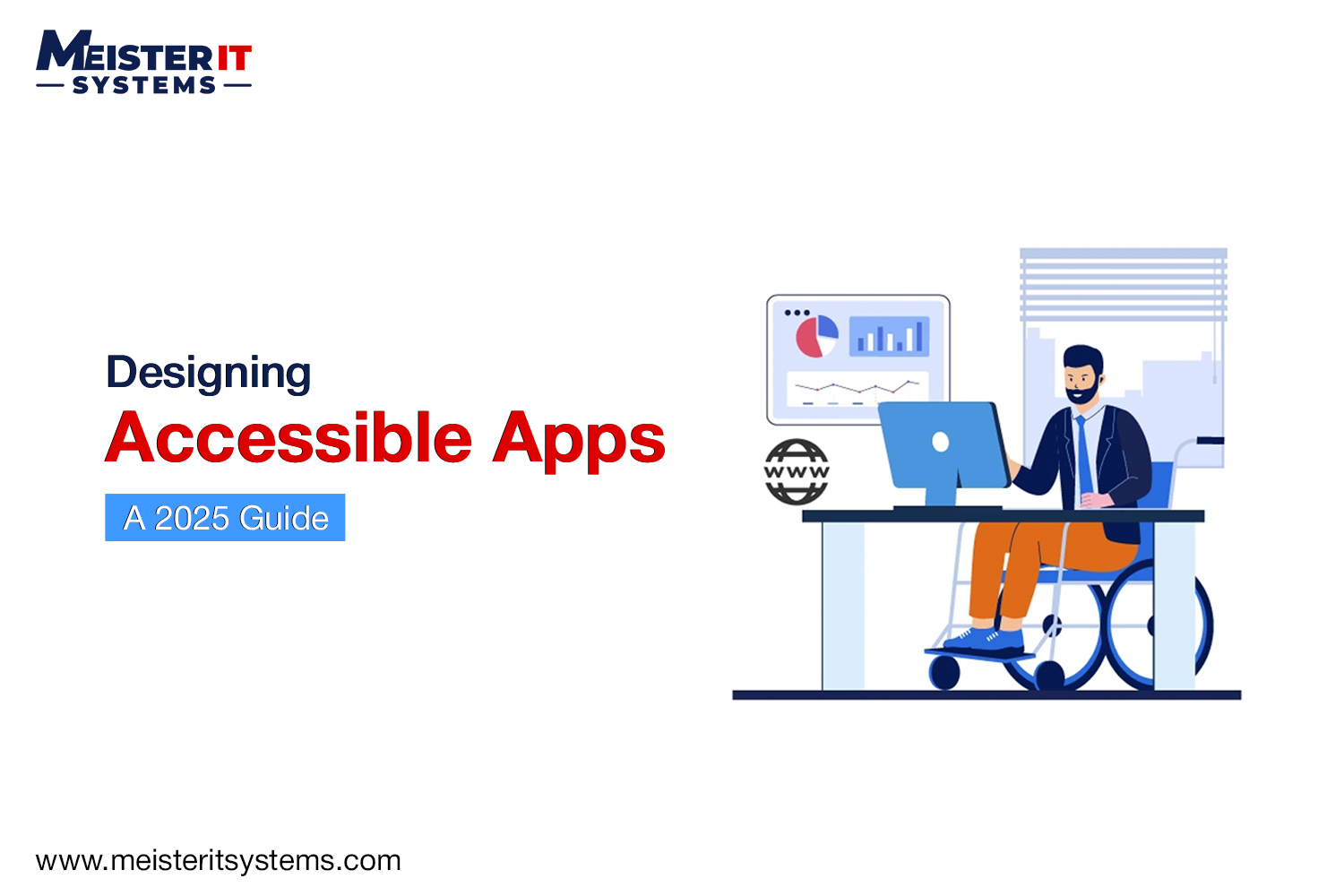
AI adoption is accelerating at an impressive pace, and so are the regulations governing it. Key frameworks like GDPR, CCPA, and the EU AI Act are fundamentally transforming how companies design and deploy AI systems.
Non-compliance is a serious issue that can halt projects, harm reputations, and result in significant penalties. However, the silver lining is that compliance doesn’t have to be a roadblock.
This guide breaks down these regulations in clear, straightforward language and demonstrates how to ensure your AI projects remain both highly effective and fully compliant.
Why AI Compliance Matters
AI is powerful because it processes sensitive personal data at scale. That same power makes it risky. Regulators now expect businesses to:
- Collect and use data transparently
- Protect user privacy
- Explain how AI makes decisions
- Minimize bias and discrimination
- Keep systems secure
Companies that ignore these rules risk penalties. Under GDPR, fines can reach up to €20 million or 4% of annual global revenue. The CCPA gives California residents the right to sue if their data is mishandled. The AI Act will soon introduce strict requirements for high-risk AI systems.
Compliance is not just a legal necessity. It builds trust with customers, partners, and investors.
Breaking Down the Big Three: GDPR, CCPA, and AI Act
Each regulation has different focus areas, but all of them point to accountability, transparency, and fairness in how businesses use AI. Here is what they mean in practice:
1. GDPR and AI
The General Data Protection Regulation (GDPR) applies to any company handling the personal data of EU citizens. For AI systems, this means:
- Data collection must be lawful, transparent, and limited to what is necessary
- Users have the right to know if their data is being used in automated decision-making
- Businesses must explain AI-driven outcomes when they significantly affect individuals
- Strong security and anonymization must be applied to training data
In simple terms, GDPR ensures that AI cannot use personal data in secret or without accountability.
2. CCPA and AI
The California Consumer Privacy Act (CCPA) is centered on consumer rights. For AI-driven businesses, compliance requires:
- Informing users about what personal data is collected and why
- Allowing users to opt out of data sharing or sales
- Giving individuals the right to request data deletion
- Maintaining clear privacy notices
Any AI tool used in customer-facing apps or analytics must honor these rights, or businesses risk lawsuits and fines.
3. EU AI Act
The AI Act is the world’s first comprehensive law designed specifically for artificial intelligence. It classifies AI systems into four categories: unacceptable risk, high risk, limited risk, and minimal risk.
- High-risk AI systems, such as those used in healthcare, recruitment, and finance, face the strictest rules.
- Requirements include detailed documentation, risk assessments, human oversight, and transparency about how the AI works.
- Violations can bring fines up to €35 million or 7% of global turnover.
This regulation means businesses must not only protect data but also prove that their AI systems are fair, safe, and explainable.
The Compliance Blueprint for Businesses
Instead of reacting to regulations one by one, companies should create a unified compliance strategy. Here’s a step-by-step approach to make it manageable:
1. Map Your Data
Identify what personal data your AI systems collect, store, and process. Track how it flows across applications and vendors.
2. Assess Risks
Classify your AI projects by risk level. Flag high-risk systems early so you can design controls before launch.
3. Embed Privacy by Design
Build compliance into your AI systems from the start. Utilize techniques such as data minimization, anonymization, and federated learning where feasible.
4. Ensure Transparency
Create documentation and user-facing explanations of how AI models work, especially for sensitive decisions like hiring or credit scoring.
5. Enable User Rights
Provide clear ways for users to opt out, access their data, or request deletion. Automate these workflows where possible.
6. Strengthen Security
Encrypt sensitive data, monitor AI models for drift or vulnerabilities, and regularly update systems.
7. Audit and Monitor Continuously
Compliance is not a one-time project. Review your AI systems regularly and adapt as laws evolve.
Practical Tools That Can Help
Regulatory compliance doesn’t have to mean manual effort. The right tools can automate large parts of the process:
- Data mapping software for GDPR and CCPA reporting
- AI model monitoring tools to detect bias or drift
- Privacy-preserving techniques like synthetic data or differential privacy
- Audit frameworks such as ISO/IEC 42001 (AI Management Systems)
These tools reduce risks and free up teams to focus on innovation.
Common Pitfalls to Avoid
Many businesses struggle with compliance, not because of the rules themselves, but because of poor strategy. Avoid these mistakes:
- Mindset issues: Treating compliance as a checkbox instead of building real trust.
- Over-reliance: Relying solely on vendor assurances without independent validation.
- Scope assumptions: Assuming regulations only apply in the EU or California.
- Process upkeep: Failing to update systems and policies as laws like the AI Act evolve.
- Record keeping: Failing to document compliance efforts can lead to penalties during audits.
By steering clear of these pitfalls, companies can innovate with confidence.
How MeisterIT Systems Can Help You Stay Compliant
Building AI solutions that meet GDPR, CCPA, and the EU AI Act is complex. Most companies struggle with balancing innovation against strict compliance rules. That’s where MeisterIT Systems steps in.
We help businesses by:
- Compliance-Ready AI Design: Our team builds AI systems with privacy and fairness in mind from day one.
- Data Mapping and Risk Assessment: We track your data flows, classify AI projects by risk, and identify compliance gaps early.
- User Rights Automation: From consent management to automated deletion requests, we set up systems that make compliance smooth for your customers.
- Bias and Security Monitoring: We implement ongoing monitoring tools to catch model drift, bias, or vulnerabilities before they become problems.
- Regulatory Alignment: Whether it’s GDPR, CCPA, or the AI Act, we keep your systems aligned with the latest global rules so you can scale AI with confidence.
Instead of drowning in legal jargon or scrambling at audit time, you’ll have a partner who makes compliance clear, practical, and business-friendly.
Final Thoughts
AI regulations are evolving quickly, but the fundamentals are clear. Businesses must protect personal data, respect consumer rights, and ensure AI systems are fair and explainable. By following a structured compliance blueprint, companies can avoid legal risk while building trust and scaling AI responsibly.
If your business is ready to leverage AI both effectively and compliantly, MeisterIT Systems can help. From mapping your GDPR and CCPA requirements to preparing for the EU AI Act, we’ll guide you with clear steps, not confusion.
Contact us to build your AI compliance strategy today.
FAQs: Your Questions Answered
Q1: Does GDPR apply to AI even if my company is outside Europe?
A1: Yes. If you handle personal data of EU residents, GDPR applies regardless of where your company is based.
Q2: What makes an AI system high risk under the EU AI Act?
A2: High-risk AI includes systems used in areas like hiring, medical devices, law enforcement, and critical infrastructure. These require strict compliance steps.
Q3: How is CCPA different from GDPR?
A3: GDPR focuses on data protection across the EU, while CCPA focuses on giving California residents rights over their personal data.
Q4: Do small businesses need to comply with the AI Act?
A4: Yes. The rules apply to all companies placing high-risk AI systems on the EU market, regardless of size.
Q5: What happens if my AI violates these laws?
A5: Consequences include fines, lawsuits, and reputational damage. In some cases, AI systems can be banned from use.



